Effleurage massage: Techniques, Types, Benefits, How to do?
Effleurage is a type of massage technique that helps to relax the muscle, increase blood circulation and lymph flow. Effleurage is a most commonly used massage technique performed in such way that it does not try to move the muscles located just under the skin, that’s why it is also called gliding.
Effleurage massage improve blood circulation by increasing the temperature of muscles and preparing them for more vigorous massage techniques. Effleurage also stimulates the lymphatic drainage system. The lymphatic system helps to remove waste products to leave the body which helps to maintain body health.
Massage therapists mostly uses effleurage as an important massage technique to treat many conditions.
What is effleurage massage?
Effleurage massaage is applied with light pressure, mostly commonly therapist start with a massage treatment. Effleurage is performed onto various body parts using fingers and flat palm of hands.
It is improves blood circulation from limbs towards the heart, using long strokes to help increase temperature of the soft tissues. It is also effective to stimulate the lymphatic drainage system. The lymphatic system is a part of the circulatory system that transports lymph fluid throughout the body.
Effleurage massage is applied in an upwards direction towards lymph nodes. Lymph nodes are distributed throughout the body and connected to the lymphatic vessels. It helps stimulate the lymphatic system and improves its functioning. Effleurage is also a most common used technique as compared to other therapeutic massages. Effleurage can be performed gradually which is used to reduce stress and tension.
These technique have four sub-categories:
- Ethereal or aura strokes
- Feathering, or nerve-stroking
- Superficial effleurage
- Deeper effleurage
Health Benefits of Effleurage massage:
Effleurage have many health benefits such as:
- To improve muscle Relaxation after long workout or heavy duty jobs.
- To reduce Physical and mental Stress
- Post injury Rehabilitation
- To avoid Post-surgical muscle tightness and stiffness
- facilitating cleansing of the skin
- Improving blood supply to the tissues worked
Effleurage massage have many health benefits by improving healing process in the body. Healing process is improve by increasing blood circulation and removing waste products from the body. The effleurage massage technique increases blood circulation throughout the body by applying upwards directed strokes towards the heart.
Increase blood circulation helps to more cellular exchange occurring in the body tissues. Increased blood circulation exchanges and supplying more oxygen and important nutrients into cells. Oxygen and nutrients help regenerate old and damaged cells and tissues and promote healing.
It is also used to help increase the recovery of soft tissues injury. Effleurage massage helps increase blood circulation to an area, increasing oxygen and nutrients to an area. Increasing supply of oxygen and nutrients enhance the repair of any damaged soft tissues. It can also speed up recovery by removing toxins built up due to strenuous exercise. By removing bad toxins from the muscles improves condition and prevents post exercise soreness and pain.
Effleurage massage also helps for muscle relaxation after heavy workout or tired from any activity. It makes the body more relax by stimulating the parasympathetic nervous system, releasing positive hormones and increase body temperature of the soft tissues. The parasympathetic system is responsible for controlling the body back to a relaxed and calm state after emotional and physical stress.
Effleurage massage helps to stimulating the release of positive hormones from the brain. Positive hormones are known as endorphins, serotonin and dopamine that contribute to improving mood and reducing stress.
Indication of Effleurage massage:
Following are the condition you can use the Effleurage, these are:
- For muscle Relaxation
- To relieve mental and Physical Stress
- Post injury rehabilitation
- After Post-surgical Recovery
Effleurage massage applying slowly that can stimulate muscle relaxation. It helps to stimulates the parasympathetic nervous system that releases positive hormones and increases body temperature. The parasympathetic system is responsible for enhancing relaxation and calmness after emotional and physical stress. Effleurage massage makes your body more relax and also lowers the heart rate.
Effleurage massage also helps to reduce stress such as Physical stress during working hours or sports performing stress. It also helps to reduce the mental stress or emotional stress in day to day activity. This Massage can treat all types of stress. Effleurage makes your relax and calm so that stress is relieved. It can increase mood by stimulating positive hormones in the brain and stimulating the parasympathetic nervous system.
Effleurage massage is also used after post injury rehabilitation. Effleurage is performed in an upwards direction to encourage the lymphatic drainage. Stimulating the lymphatic drainage helps with the immune system and helps of removing waste products. Increasing Lymphatic drainage is important after an injury that helps to remove waste products in the body mainly in the swelling area and helps the immune system to fight against any infections.
Effleurage massage can also be used during post-surgical recovery phase to maintain the function of the lymphatic system. During surgery lymph nodes can be damaged or removed or working slowly. Damaged or removed nodes can affect the function of the lymphatic drainage system. If the lymphatic system does not function properly then excess fluid can leads lymphedema. Increased lymphedema can cause health related issues. It is important to maintain the flow of lymph throughout the body so that wastage fluid from the body can be drained. When lymph nodes are affected the body will depends upon effleurage treatments to keep the lymph fluid moving.
How to Apply Effleurage?
Basic rule of the Effleurage massage
Effleurage is the most commonly used massage technique and is often used as a linking with other massage technique by which the therapist maintains contact with the patient body parts while smoothly transferring from one movement or area of the body to the next movement.
Effleurage is mostly suitable for use on any area of the body that would normally be massaged (by avoiding any areas in which massage is contra-indicated).
The word “effleurage” is derived from the french verb “effleurer” which means “to stroke”, or “to skim over”. These translations are mostly correct, but are incomplete, descriptions of the effleurage massage technique used in various types of massage.
An effleurage massage movement is a relatively slow and smoothly continuous stroke using the flat palm of the hand. The fingers are generally held together and moulded to the shape of the patient’s body parts in a relaxed way. Although the fingers move with the palm of the hand as it is moved along the body, and they do apply some pressure, most of the pressure during this movement is given by the palm of the hand.
Even pressure is applied during massage. The amount of pressure may varies between the outward and return strokes – mostly more pressure applied in the upward direction towards the heart, then slightly less in the return movement back to repeat the sequence. The speed of the movement should remain steady throughout the whole massage sequence.
An effleurage movement is usually repeated too many times over the same area on the body. This is to help the relaxation, and for the other physical benefits of effleurage, such as:
- stimulating the parasympathetic nerves system in the tissues worked
- to improve blood circulation to the tissues worked
- facilitating cleansing of the skin by improve drainage system
- relaxing tight muscle fibres
- reducing muscle spasm
Effleurage massage video:
Technical aspects of the massage:
Effleurage massage is applied by superficial glides over the skin without attempting to move the muscle beneath. The even pressure is applied to the body parts. The effleurage massage is also used more commonly than any other massage technique and it also starts with it and ends each session with Effleurage.
- It can be mostly applied on any part of the body.
- It can be used as a bridge between different other massage techniques-moves and it also helps to linking the patient to the therapist.
- Helps the therapist to know the condition of the patient’s muscles and body parts.
- Increases blood circulation to the skin and superficial muscles and relaxes the patient.
- Effleurage is an easy to learn technique and it comes almost natural to most of therapist.
- It is mostly used in almost every session of massage with other massage in combination because of its great relaxation potential and its versatility.
Common Body Parts treated with Effleurage:
It is mostly applied many common body parts such as:
- Upper Arm and lower arm
- Upper back
- Lower back
- Thigh muscles
- Calf muscles
Effleurage can also be performed on other areas of the body parts also and be effective to relieve stress and improve healing.
Effleurage Massage various types of Techniques:
- Straight Effleurage:
In this you should glide your hands over your patient’s skin starting from lumbar area towards upward direction to the neck. Fingers are pointed forward towards the patient’s neck and head. We are pushing the blood circulation towards the hearth.
- Bilateral Effleurage
In this your position of one hand on each side of the spine and begin in the lower back. Go upwards direction towards the upper back, to the shoulders. While returning to the lower back go along the both sides of the back. Remember, this is a light pressure massage movement.
- Alternating Hand (Shingles)
In this you can begin with one of your hands to the side of the spine at the lower back. Move one hand forward 6 inches and then follow it with the other hand and then with the other one until you reach the upper back to the shoulders level. Do this too many times and make sure you cover the all area of the back or limb. While the pressure is light the speed of the massage movement is rather faster as compared to the bilateral effleurage.
- Backward Alternating Gliding – (Shingles)
It is similar to shingles effleurage but performed backwards movement, with fingers pointed towards the lumbar area. you should performed the movement with a light pressure so it would maximize the relaxation effect. The backward Alternating Gliding massage can be classified as a “nerve stroke” as well because of the very light pressure. It is a deeply relaxing stroke.
- Superficial and Deep Effleurage
We can also called this massage accroding to the gliding, by the amount of pressure applied on the skin. Based on this we can say that ”Superficial effleurage” and “Deep effleurage”.
Contraindication of Effleurage:
Following are the list of condition in which Effleurage Massage is not applied, these conditions are:
Absolute contraindications are:
- Malignancy
- Thrombus
- Atherosclerotic plaques
- Infected tissue
- Area of trauma/Recent injury and bleeding
- Open wound
- Severe Varicose veins
- Acute phlebitis
- Cellulitis
Relative contraindication:
- Scar tissue that is not fully healed
- Receiving anticoagulant
- Calcified soft tissues
- Skin grafts
- Atrophic skin
- Acute inflammatory painful conditions
FAQs
What are the 3 benefits of effleurage?
There are numerous physiological implications of effleurage. enhanced lymphatic drainage, enhanced venous return, and greater levels of happy hormones are the physiological benefits. Effleurage aids in relaxation, better recovery, and increased healing.
What does effleurage mean?
Effleurage is a type of massage that primarily uses the palm of the hand to move in a circular motion. Using the cushioned portions of the fingertips or the palmar surface of the hands, effleurage can be firm or light without tugging the skin.
What are examples of effleurage?
Effleurage comes in a variety of forms, such as the long stoke, circling, and feathering. All of them are light strokes that should be accompanied by palpitation (the act of experiencing tension with your fingers). With the exception of feathering, the entire hand surface—fingers, thumbs, and palms—is utilized.
What are the 4 main massage movements?
Every pupil must first become proficient in “the basics.” Effleurage (light or deep stroking), petrissage (kneading), tapotement (soft slapping), and friction are the four fundamental massage strokes.
What is the difference between effleurage and petrissage?
Effleurage employs long, delicate strokes to stretch the body, warm it up, apply moisturizer, and find any knots. After the body has been loosened up, petrissage is frequently used. In order to target deeper tissue and promote relaxation, this technique includes kneading, squeezing, and other harder pressure techniques.
What is effleurage and its benefits?
During a massage, the effleurage method uses soft, flowing strokes to relax the muscles and increase circulation. This technique is used by massage therapists to make people feel relaxed and limber by reducing stress, tension, physical pain, and stiffness.

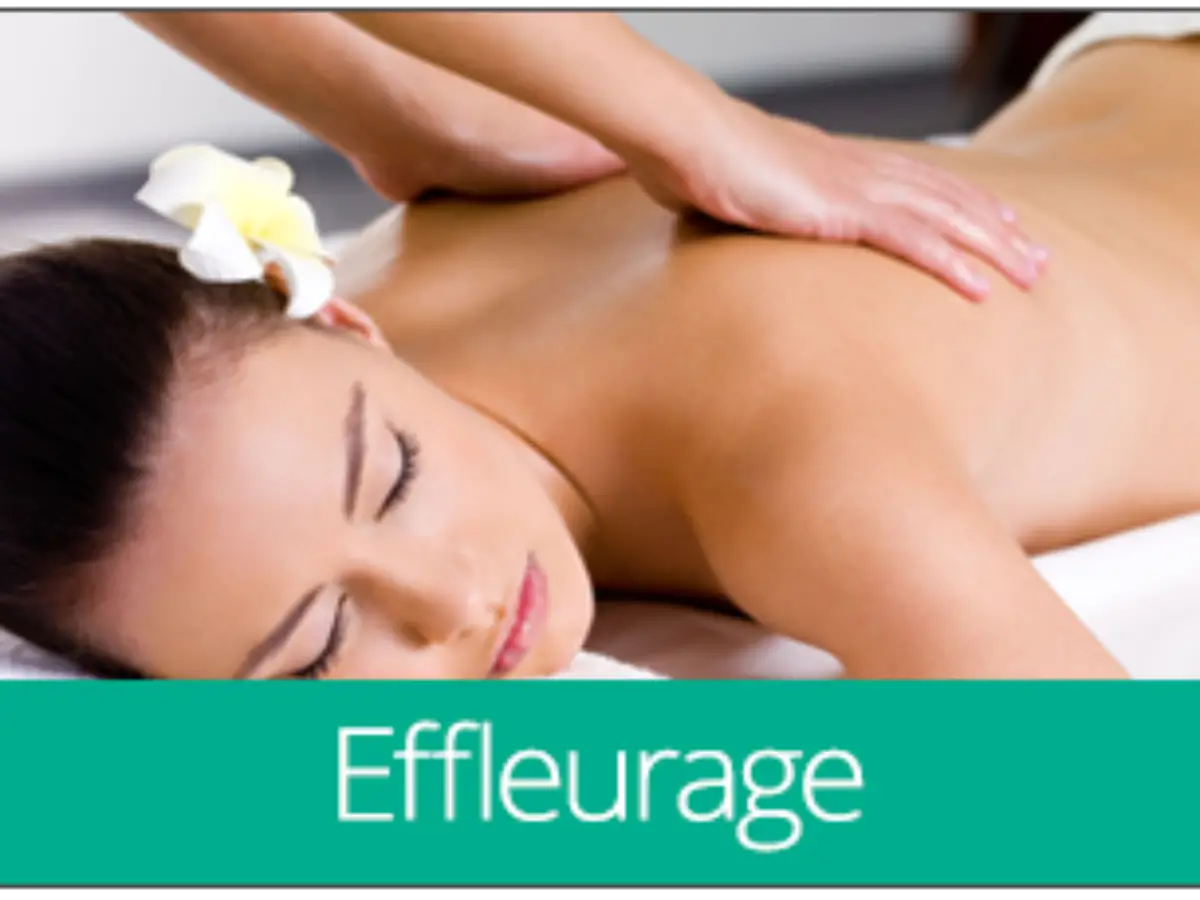
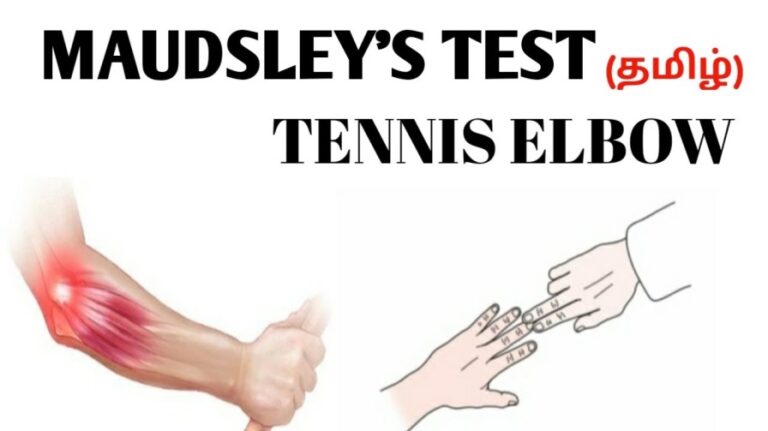
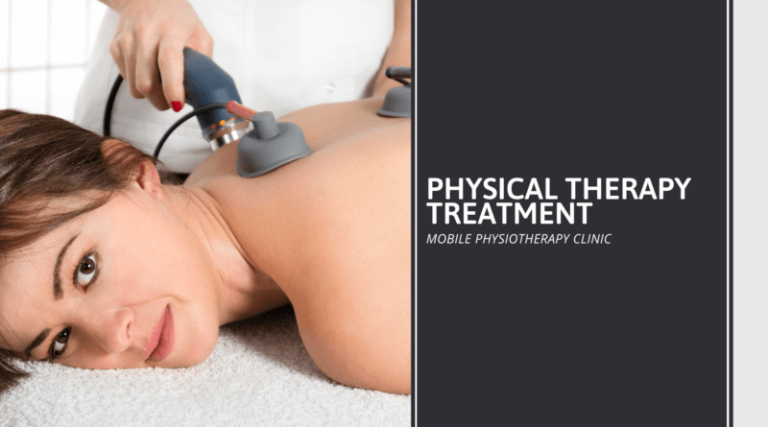
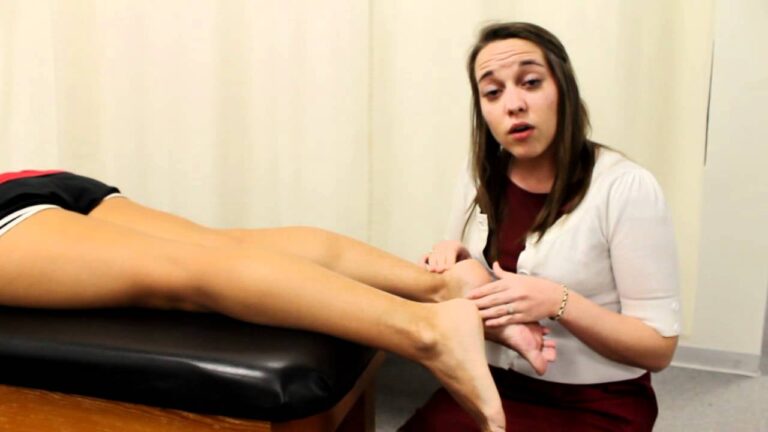
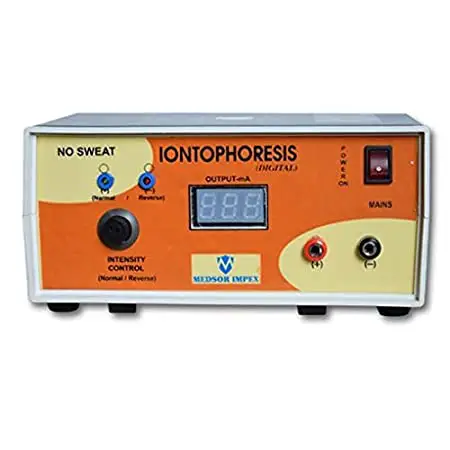
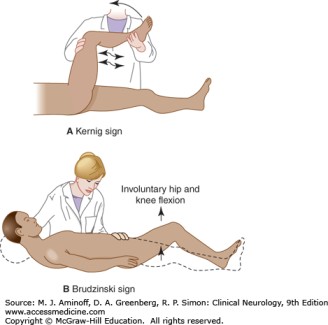
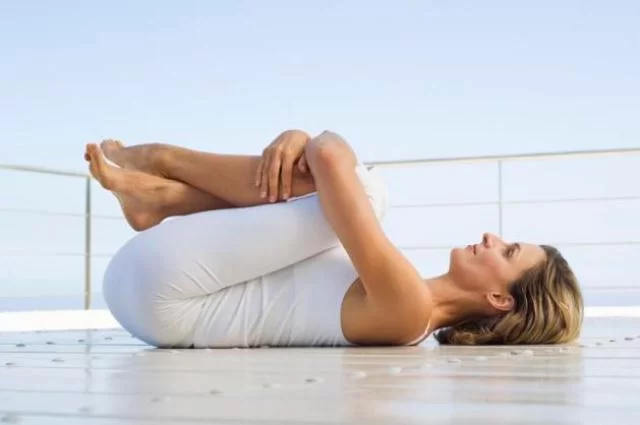
Effleurage is a very important massage we used to treat the muscle pain and spasm, This is my favorite and easy to perform massage technique.